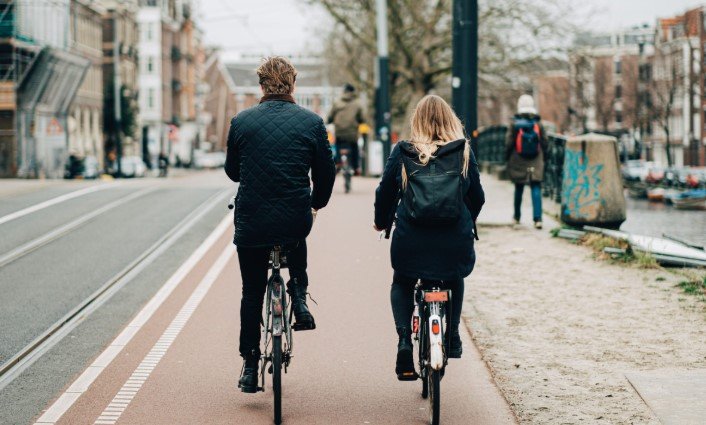Biking Etiquette: Rules for Sharing the Road
Biking etiquette is essential for ensuring a safe and respectful environment for both cyclists and drivers. Whether you’re commuting, exercising, or exploring, following road rules and respecting others’ space can make all the difference in promoting harmony. In this post, we’ll cover key biking etiquette tips that every cyclist should follow when sharing the road with motorists and pedestrians.

Always Obey Traffic Signals and Signs
The first rule of biking etiquette is to treat biking like any other form of transportation on the road. Just as drivers are expected to obey traffic lights and stop signs, cyclists must do the same. This includes stopping at red lights, yielding to pedestrians at crosswalks, and following any other traffic signs. Disregarding traffic signals not only puts you at risk but also undermines your credibility as a responsible cyclist. By adhering to traffic rules, you help create a safer, more predictable environment for everyone on the road.
Ride in the Same Direction as Traffic
When cycling on the road, always ride in the same direction as traffic. Riding against the flow of traffic is dangerous and can lead to accidents, as drivers may not anticipate cyclists coming from the opposite direction. Additionally, riding with traffic allows drivers to spot you from a safer distance. Always position yourself on the right side of the road if you’re in a country where traffic drives on the right, or on the left if your country follows the left-side rule. This makes it easier for drivers to pass you safely and reduces the risk of collisions.
Use Hand Signals to Indicate Your Intentions
One of the most important aspects of biking etiquette is communication. To avoid surprises for both drivers and fellow cyclists, use hand signals to indicate your intentions. Whether you’re turning left, right, or stopping, signaling helps others predict your movements and gives them time to adjust. A left arm straight out indicates a left turn, while a right arm straight out signals a right turn. To indicate a stop, extend your left arm downward. Always signal well in advance to ensure that everyone on the road understands your plans.
Be Mindful of Pedestrians and Other Cyclists
Sharing the road isn’t just about respecting drivers; it’s also about being courteous to pedestrians and fellow cyclists. When riding on a bike path or sidewalk, yield to pedestrians and always pass them on the left. Announce your presence with a polite “on your left” or a gentle bell ring, giving pedestrians ample time to move aside. Likewise, when passing other cyclists, ensure you do so with enough space and announce your intention to pass to avoid surprises. Being courteous helps maintain a friendly atmosphere and prevents accidents.
Keep a Safe Distance from Vehicles
While biking, always maintain a safe distance from parked cars and moving vehicles. This helps avoid potential hazards, such as doors opening unexpectedly or a car making a sudden turn. Ideally, you should ride at least one meter away from parked cars to give yourself enough space in case someone exits their vehicle. Keep an eye on vehicles in front and behind you, and always be ready to adjust your position if necessary. By maintaining a safe distance, you reduce your chances of getting caught in a dangerous situation.
Use Lights and Wear Visible Gear
Visibility is key when cycling, especially in low-light conditions or at night. To ensure drivers can see you, equip your bike with a front white light, a red rear light, and reflectors. It’s also wise to wear reflective gear or bright clothing, making you more visible to both drivers and pedestrians. Being seen is crucial to prevent accidents, as many collisions occur because a cyclist was not visible to a driver. Taking these precautions increases your safety and demonstrates your commitment to safe biking practices.
Conclusion
Biking etiquette is about being respectful, responsible, and safe on the road. By obeying traffic rules, using hand signals, maintaining a safe distance, and being mindful of others, cyclists can help create a safer environment for everyone. The more cyclists adopt these best practices, the smoother the coexistence between cyclists, drivers, and pedestrians will be. Always remember: the road is shared, and we all have a part to play in making it safer for all.



